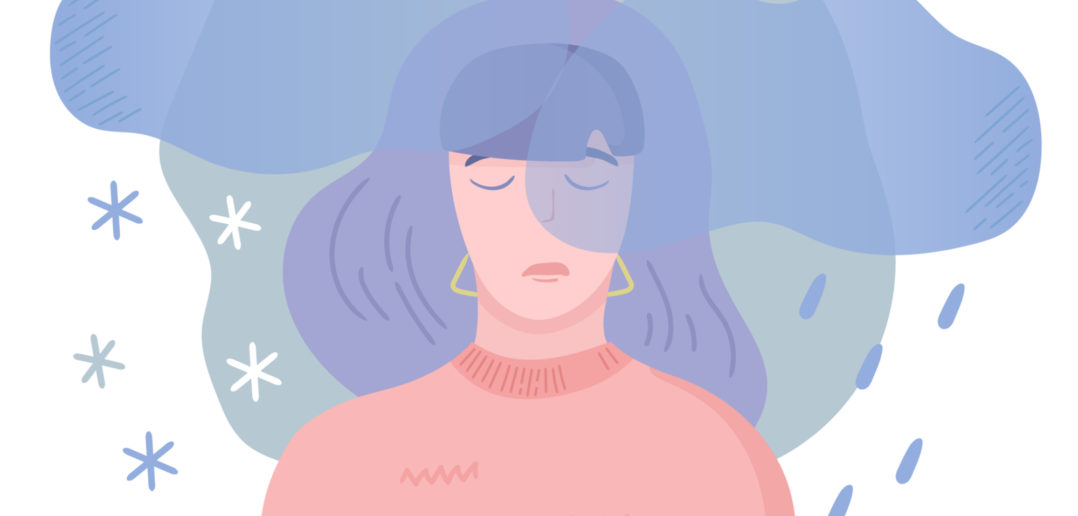By Adam Hartzer
Editor-in-Chief
While some may enjoy the seasonal changes or the start of a new, fresh year, others face challenges that prevent them from feeling themselves. Seasonal Affective Disorder, known as SAD, is described, according to the Diagnostic Manual of Mental Disorders (DSM-5), as a type of major depressive disorder with a seasonal pattern.
Those facing SAD commonly feel symptoms of fatigue, depression, hopelessness, and social withdrawal typically at a seasonal change. This is especially common in climates where seasonal changes offer less sunlight during certain points of the year, usually in the winter months.
For college students, winter is also the time when the spring semester begins, winter break has ended, and students are returning to campus. While it may be exciting for some to reconnect with friends on campus, meet new professors, and have a new schedule, others may find it stressful, become anxious, or depressed during this time of year.
Lake Forest College’s Health and Wellness Assistant Director of Counseling Services and Coordinator of Wellness Edward Neumann shares how some students may feel at this time of year.
“The start of a new semester is always a mixed bag of excitement and anxiety. I think sometimes there’s the hope that the fresh start of a new semester will allow us to change the unhealthy or ineffective habits of the last semester, so we start the semester with renewed vigor and excitement. But the flip side is that we may not be feeling that renewed energy and hope and thus feel anxiety and concern about how the semester will go,” Neumann shares.
Yet, he explains how the mixed feelings can be understood for oneself.
“Both feelings are valid and both can be healthy. It’s more about finding a balance between enough anxiety to motivate you and enough hope to guide you toward your goals.”
Because those who have an increased sensitivity to seasonal depression, there are several ways to help alleviate its effects, including light therapy.
According to the National Institute of Mental Health, using light therapy for about 30 minutes a day can help reduce the symptoms of SAD. According to Neumann, the Health and Wellness Center has a sunlamp that’s available for students to borrow, too.
Neumann mentions how the colder months can prevent individuals from participating in social gatherings, as it’s more difficult to partake in outdoor activities as frequently.
“The colder months can put a significant damper on social interactions, with the cold making it more difficult to get together outside and triggering in all of us an instinct to withdraw to our rooms and try to ride out the winter months. This can be lonely and isolating and can lead to extra time alone, which can also lead to rumination. Most importantly, the reduced sunlight of the winter months, both in terms of the general grayness of some days and the overall shorter span of time the sun is up, has a noticeable biological effect on the human body, with similar symptoms of depression,” Neumann explains.
Because of this, it’s important to establish a routine for oneself and create healthy habits.
“The more quickly we start to engage in healthy habits, the more quickly they become part of our daily routine, making them more difficult to disrupt in times of stress,” Neumann shares. “So, whether the healthy habit you need to add to your life is to avoid procrastinating, to get out in the sun and get exercise, or to eat more healthily, the earlier you start, the better. So often, we wait for the problem to enact the solution. But if we get off to a good start at the beginning of the semester, we may be able to prevent the problems from happening in the first place.”
When individuals follow the habits and schedules they’ve created for themselves, they’re able to help themselves stick to a routine that can help prevent the initial stress of beginning a new semester of college in the middle of the winter season.

